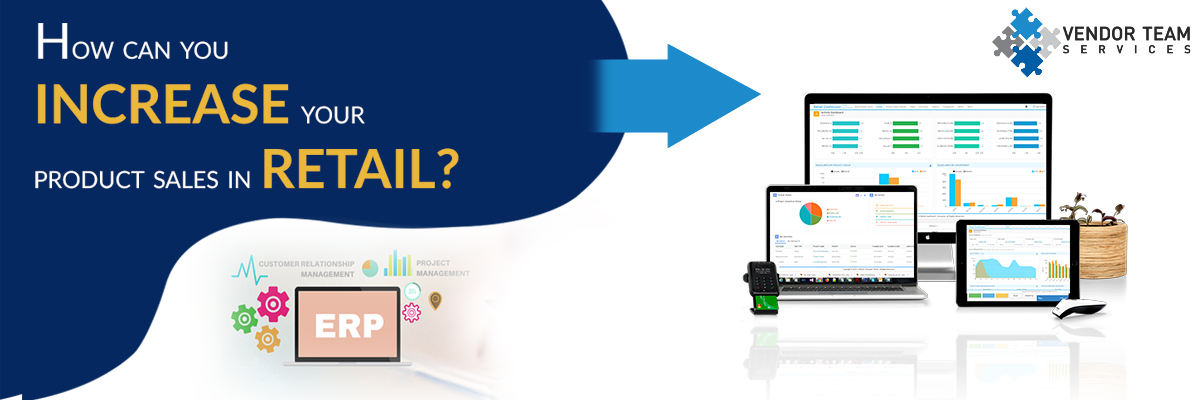Suppliers are doing little with point of sales (POS) data! Because they consider it as another junk of disparate numbers. They are not clear about the tall order of its utility. They bring out their goods in random numbers to retailers and assuming it will set to sell. How can it be? For many suppliers, retail sales without the seeding of POS data would be disastrous because of increased risks.
In the midst of so many factors that dazzle you in positioning your products, POS data and its concise measures can be a real help for you to stay alert on buyers’ needs and be quick on your stock decisions.
Poor pricing, lack of variety and quality of goods are the main reasons consumers might not have turned to buy your products. But POS data can easily be the solution for these problems. The question is ‘how do you get most out of your POS data?’ It is easy with the help of well-featured analytical tools like ‘Retail Analytics’.
Products may not be sold at same volume throughout the year. Negligent to your periodic sales pattern may cause you excess inventories remain idle. To understand what product sells at what volume and when, POS data can give you the sales trend.
Going after one’s intuition and not after the intelligent data is all to get the shallow insights at last. Claude Hopkins said in his book ‘Scientific Advertisement’, “Advertisement voyages previously were ungauged. Some reached their shores, some not. Others took long route to reach. But now, advertisement becomes scientific over many experiments”. Century back, Claude developed a scientific model for advertisement that guided many admen later. Now, POS data serves as a scientific model and good guiding system that saves suppliers from wandering the retail space.
POS data helps manufacturers to forecast the sales. Predictive and prescriptive analytics in it helps you to take insightful actions. Retailers have the great advantage of decoding ‘how consumers are responding to product pricing’ from the data derived from POS. So, inconsistencies in your product pricing can also be solved. When POS data is synthesized with external sources like weather, events and social media, your strategy will become ultimate.
“40% OF TRADE PROMOTIONAL SPENDING DOESN’T DRIVE THE DESIRED RESULTS — NIELSEN HOLDINGS.” Those spending would have been like Madison avenue advertisements without checking the traced results. You don’t need to worry about your spending becoming futile in that way. POS data has the traced analysis to make even your marketing attempts worthy.
Added to effective stock management, POS data also provides ‘sale value, promotional value and pricing value’. Sales value gives the picture of what products you are selling and how much at which location. Promotional value gives the link between your promotions and sales. Pricing value alleviates the difficulties in product pricing.
Your business ideas may help you to begin possible actions but to make your actions successful you’ll need data. POS data is your catalyst. To synthesize it into steps for swift actions, you need the support of analytical tool. Benefits like increased sales from demand forecast, over-stock control, metrics on regional sale, sell-through, etc. will make your sales increased and stocks optimized.
Tips to increase the product sales in retail – VTS

